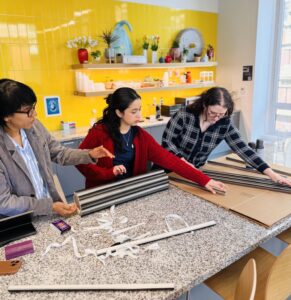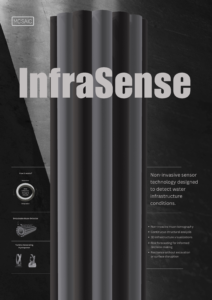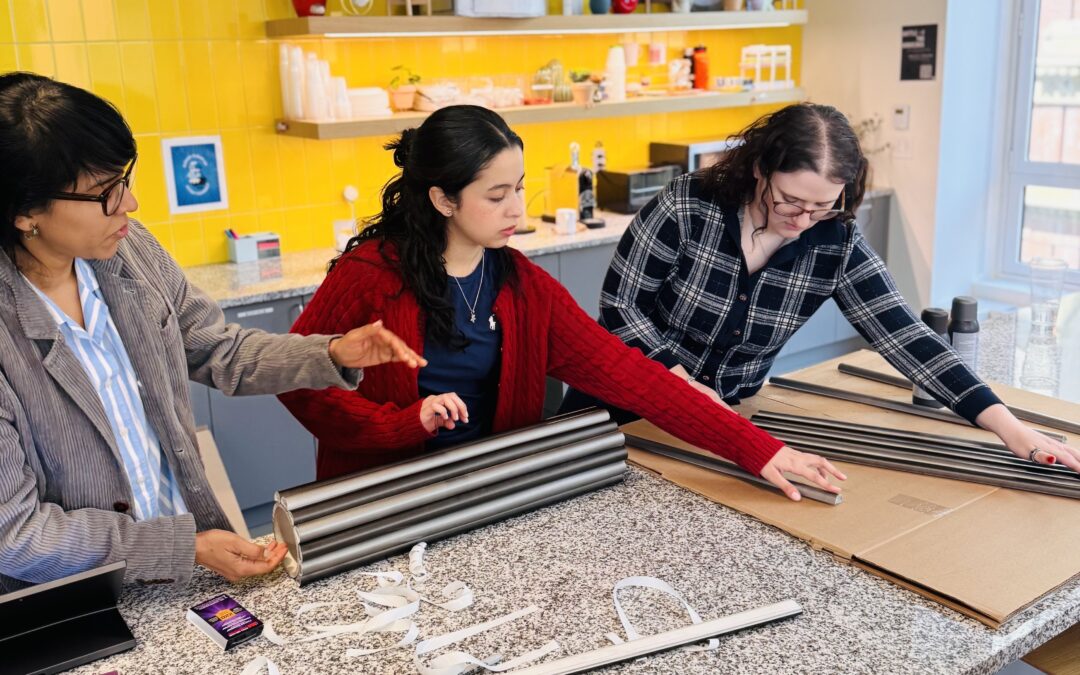Design Freeze Milestone: NYC Water Infrastructure Transformation

After months of rigorous research, stakeholder consultation sessions, and iterative design thinking, we are excited to present our final design vision for transforming New York City’s water infrastructure using muon tomography and AI powered trend analysis. This design freeze represents our commitment to a solution that is both innovative and implementable, addressing the critical challenge of aging water infrastructure in one of the world’s most complex urban environments.
Our Final Design Vision

Our solution integrates cutting-edge muon tomography technology with an advanced AI trend analysis to create a comprehensive system for monitoring, predicting, and managing NYC’s underground water infrastructure. By deploying specialized muon detectors throughout the city’s water network, we can non-invasively “see” through layers of concrete, soil, and urban development to identify potential leaks, structural weaknesses, and maintenance priorities before catastrophic failures occur.
The AI component of our system aggregates data from these detectors, along with historical infrastructure information, weather patterns, usage statistics, and other relevant inputs to provide increasingly accurate predictions of potential failure points. This allows the NYC Department of Environmental Protection (DEP) to transition from reactive emergency repairs to proactive, planned maintenance—saving billions in emergency repair costs and preventing disruption to residents and businesses.
Implementation Roadmap: 2025-2050

Based on our research, we’ve developed a comprehensive roadmap that spans the next 25 years, broken into three key time periods that will guide our implementation strategy.
Phase 1: Foundations (2025-2030)
By 2030, we will deploy single muon detectors in targeted areas across NYC to collect initial data and generate infrastructure “bruises,” providing essential baseline information while demonstrating the technology’s real-world effectiveness. We’ll simultaneously initiate data aggregation and develop AI trend analysis capabilities, continuously training improved models with the incoming data. The DEP will begin utilizing this early bruising data to prevent large main breaks and make informed decisions about utilidor placements. During this foundational phase, we’ll also bring together key stakeholders to establish an effective management framework for long-term governance.
Phase 2: Expansion and Refinement (2030-2040)
From 2030 to 2040, we’ll install utilidors with built-in muon detectors and begin systematic replacement of conventional pipes with muon detector pipes, working toward 40% coverage of NYC’s water infrastructure. Our data systems will advance significantly with the implementation of a custom AI energy solution integrating AI Photonic Chip technology with sophisticated Model Inference and Training Techniques. The DEP will implement spatial computing for infrastructure diagnosis and analysis, creating a dynamic digital twin of the physical system. A formal stakeholder board will be developed during this period to institutionalize collaborative governance.
Phase 3: Maturity and Optimization (2040-2050)
In the final decade, our system reaches maturity with continued pipe replacement achieving 70% coverage of NYC’s infrastructure. Muon detectors will become commoditized through economies of scale, reaching approximately $100 per detector strip. Our data capabilities will culminate in a comprehensive database delivering high-accuracy predictions based on decades of trend analysis. The custom energy solution will also become commoditized, reducing operational costs. Selected stakeholders will evolve into well-informed decision makers with clear authority, and NYC will fully utilize the collected data for optimal pipe maintenance and leak prevention.
More than a solution
This Design Freeze represents not just a technological solution but a new paradigm for urban infrastructure management. By combining cutting-edge technology with artificial intelligence and thoughtful stakeholder engagement, we believe this approach can transform how NYC—and eventually cities worldwide—address the critical challenge of aging water infrastructure in the face of climate change and growing urban populations.


Recent Comments